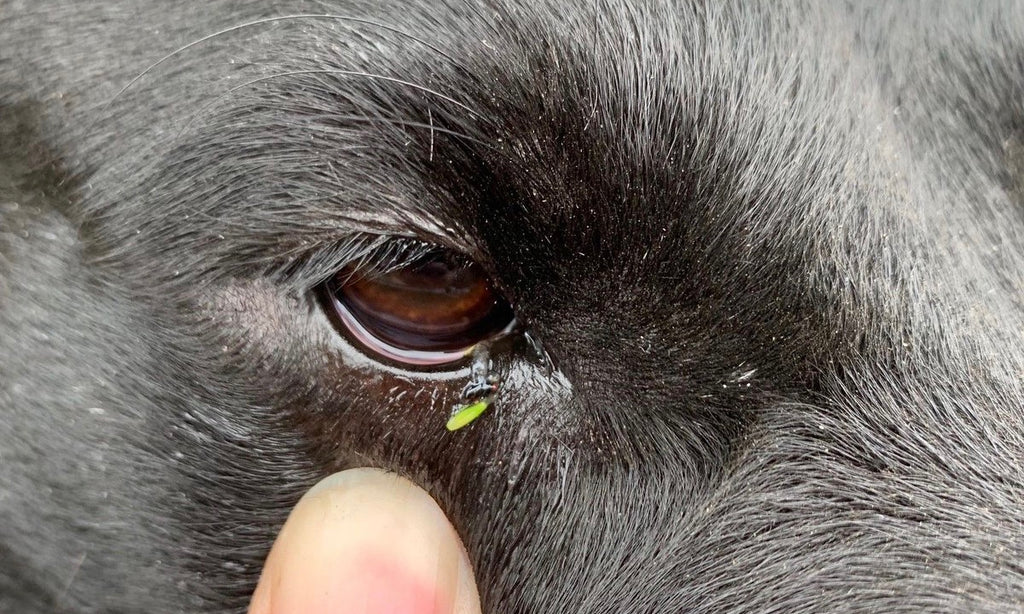Cart
Spend $75.00 more to get a FREE Thirst Trap Collapsible Bowl
SPEND $120
UNLOCKED
 FREE pack of The Gentle Wipes
SPEND $75
UNLOCKED
FREE pack of The Gentle Wipes
SPEND $75
UNLOCKED
 FREE Thirst Trap Collapsible Bowl
SPEND $85
UNLOCKED
FREE Thirst Trap Collapsible Bowl
SPEND $85
UNLOCKED
 FREE Licks-A-Lot Mat
FREE Licks-A-Lot Mat
 FREE pack of The Gentle Wipes
SPEND $75
UNLOCKED
FREE pack of The Gentle Wipes
SPEND $75
UNLOCKED
 FREE Thirst Trap Collapsible Bowl
SPEND $85
UNLOCKED
FREE Thirst Trap Collapsible Bowl
SPEND $85
UNLOCKED
 FREE Licks-A-Lot Mat
FREE Licks-A-Lot Mat
Get a FREE Thirst Trap Collapsible Bowl when you spend $75























































